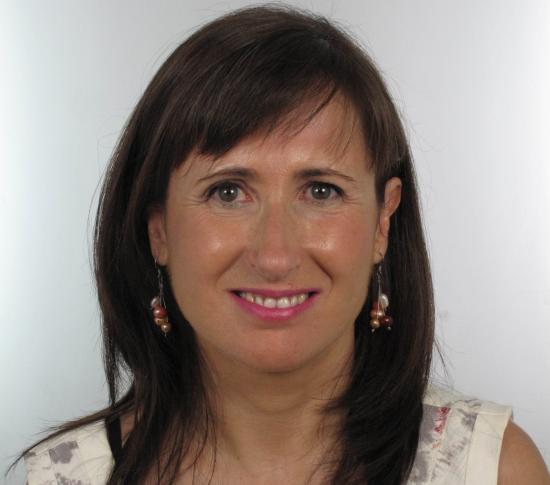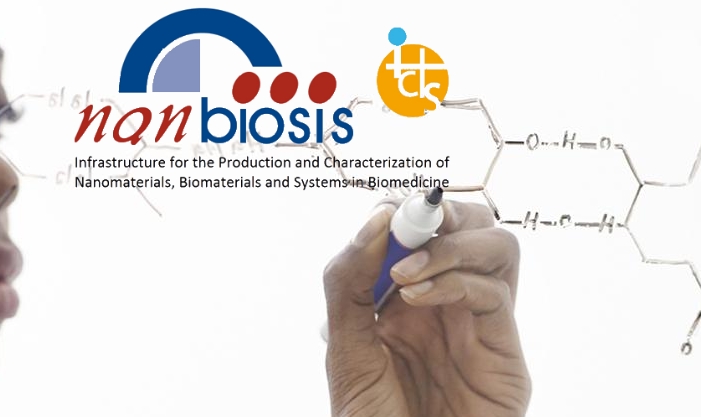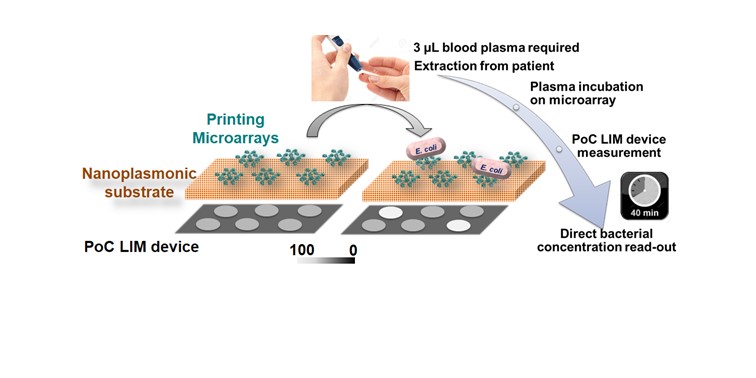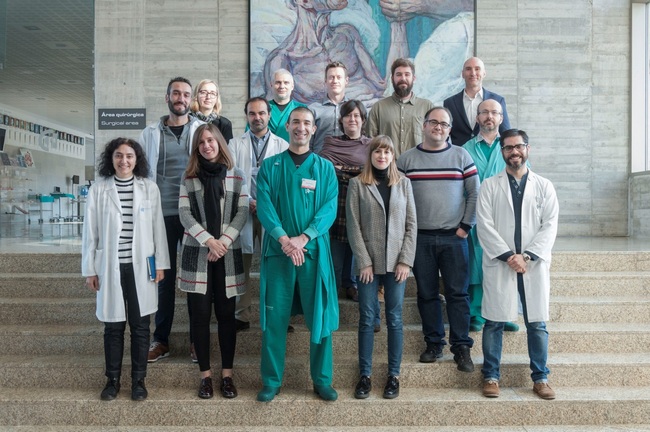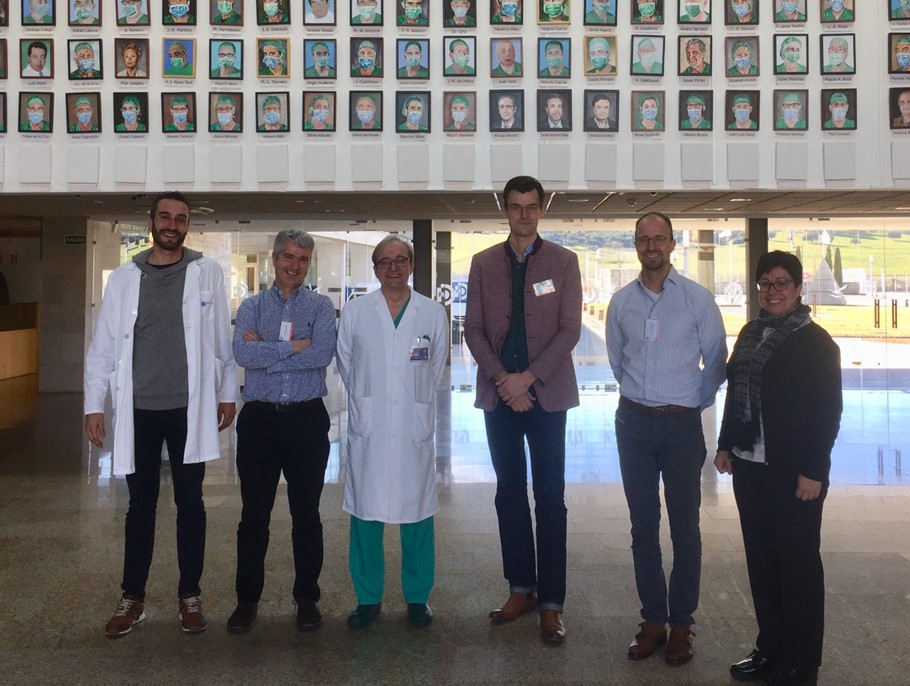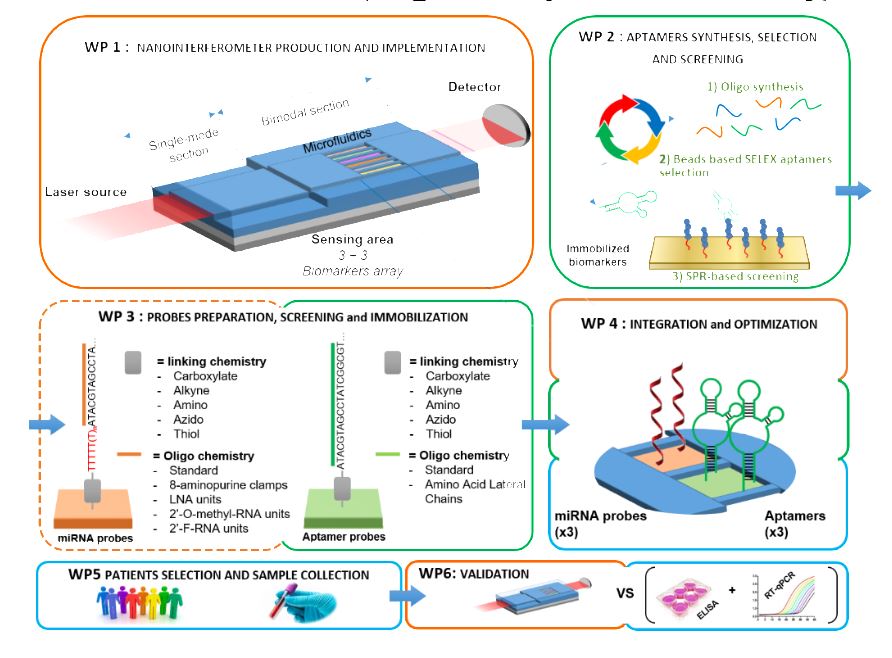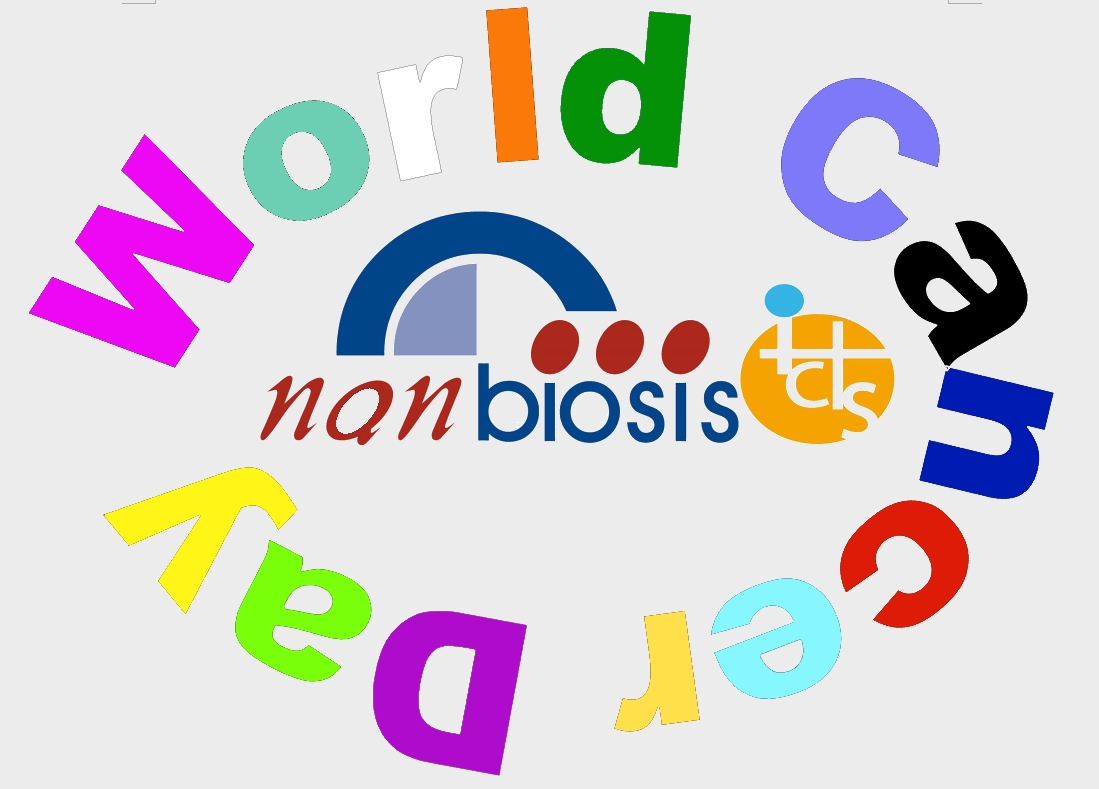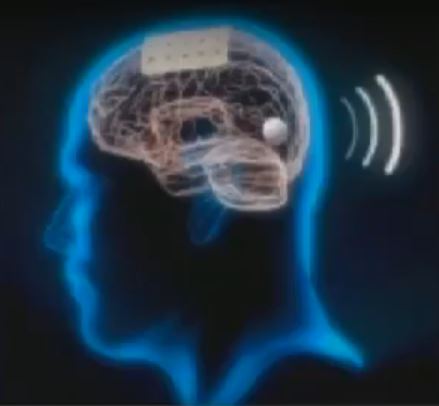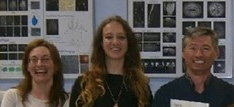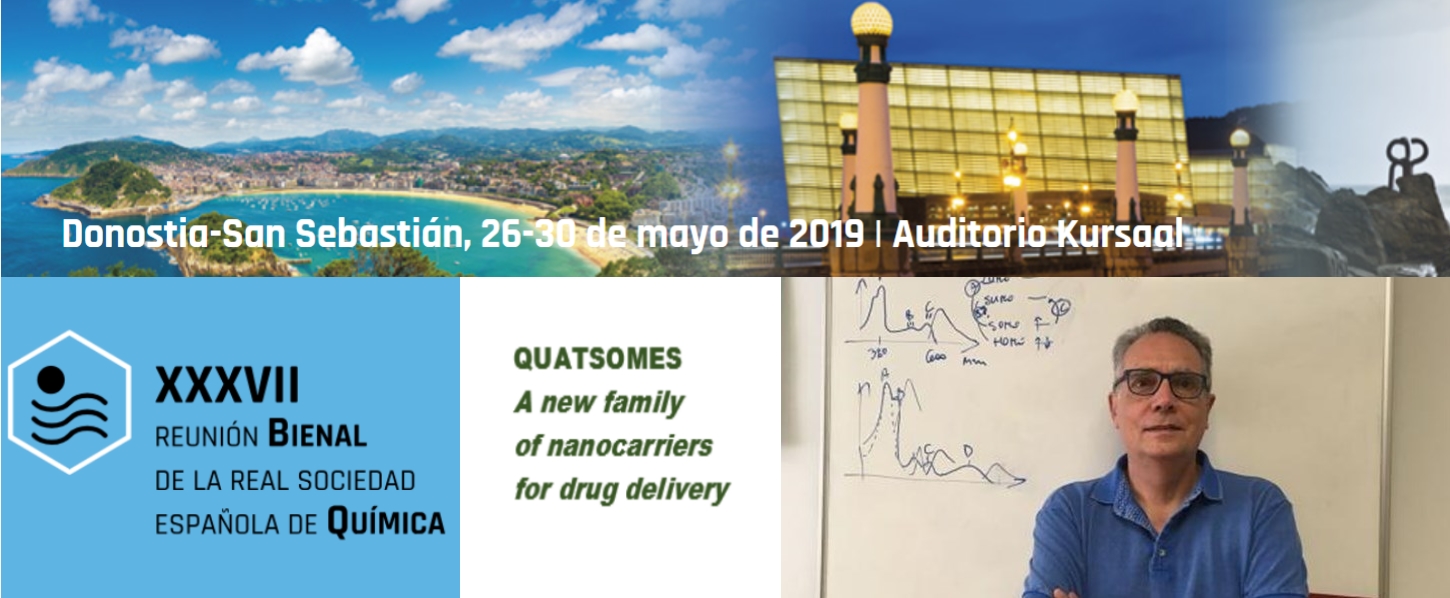PILAR MARCO, Scientific Director of NANBIOSIS U2, interviewed by CIBER-BBN ISCIII Bulletin
Pilar Marco, Scientific Director of NANBIOSIS U2 Custom Antibody Service (CAbS) has been highlighted in the January Bulletin of CIBER-BBN ISCIII
In the interview, among other topics Prof. Pilar Marco talks about diagnostic devices based on nanobiosensors and the extraordinary impact that these technologies could have on health in the coming decades.
Her research group Nb4D (Nanobiotechnology for Diagnosis) has an important collection of specific antibodies for different biomarkers and the CIBER-BNN/IQAC-CSIS platform CAbS (Custom Antibody Service) that constitutes the unit 2 of NANBIOSIS, they offer the possibility of producing specific and immunoreactive antibodies with the necessary expertise to generate antibodies “a la carte”, that is, being able to modulate to some extent the affinity and selectivity of these biomolecules, depending on the needs of each project. “And we do this, -Prof Marco explains- not only for molecules with high immunogenic capacity such as most proteins, but also for low molecular weight molecules, which in themselves are not capable of generating an immune response”. They are also able to chemically modify these antibodies and bind them to nanoparticles with defined optical, electrochemical or magnetic properties, thus converting them into nanoprobes able to detect biomarkers and generate an optical or electrochemical signal. We can also incorporate them in a controlled manner in transducer devices designed based on the latest advances in micro (nano) electronics to develop a new generation of diagnostic devices, much more sensitive and reliable, capable of providing quick answers and allowing a more accurate diagnosis early and accurate.
